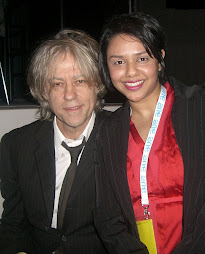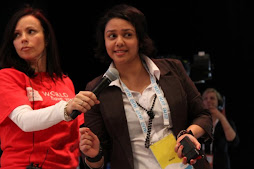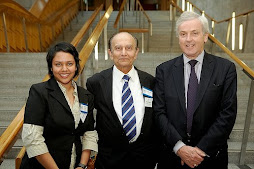Copenhagen, Saturday 12 December
Being at the COP15 has given me a great chance to meet people from countries that are truly 
They explained that 26% of the population belong to indigenous communities but are no longer unable to rely on resources in local villages due to the drastic change seen by climate change over the last 20 years. With globalisation moving into India, indigenous people are now forced to migrate to the city because corporations are destroying villages to make space for their work units. 327 villages have been destroyed and with the expansion of global consumerism, the numbers are feared to grow. Hanak and Santosh said they feel positive about COP15 as there is dialogue between developed and developing nations, however they blame very stringently on developed country in causing climate change.
Hanok and Santosh inspired me to learn more about indigenous rights, which invited me to attend a side event named “Indigenous and Community engagement in REDD”. REDD stands for the United Nations Collaborative Programme on Reducing Emissions from Deforestation and Forest Degradation in Developing Countries (UN-REDD Programme) which aims to protect natural forests, restore degraded natural forests and support the rights and livelihood of indigenous people and their communities.
Chief Almir Surui from the Brazilian forest said that having watched the forest disappearing the last 40 years, they have taken matters into their own hands. The forest provides them with all resources to survive but its destruction is killing their “destiny”. In Bolivia, there are 34 different indigenous communities who have their own language and culture. 10 years, the Chief Surui had brought out dialogue to retain their rights but before engaging in dialogue with the outside world, they had to obtain scientific knowledge of their way of living. The partnership with science had shown his people ‘climate change’ and the effect it was having on them.

Google and the Carnegie Institute of Science have joined force to developing a program that shows the process of deforestation and monitoring illegal logging on Google maps. The program highlights areas affected by deforestation via satellite imagery and visual log-books from local indigenous people. The Google program most certainly empowers indigenous communities as it allows them to share their information to the world, which may decrease illegal logging of the forest. The launch is yet to be set but people within these communities have already been trained with the program.



















No comments:
Post a Comment